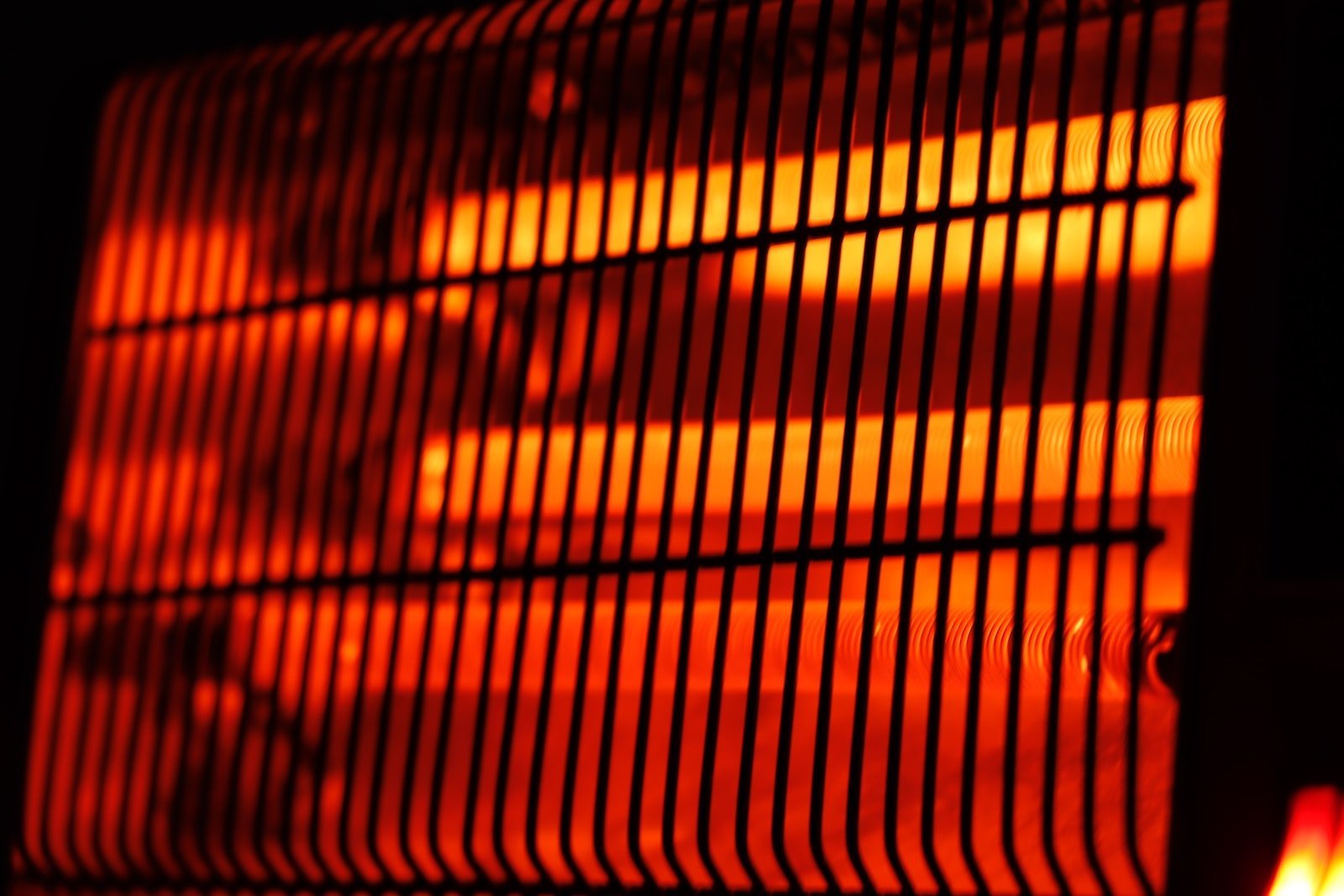A Guide to Understanding HVAC System Diagrams
Heating, ventilation, and air conditioning (HVAC) systems are essential components of modern buildings. These systems provide thermal comfort and acceptable indoor air quality for occupants. HVAC system diagrams are graphical representations that illustrate the components and operation of HVAC systems. They are useful tools for understanding and designing HVAC systems, as well as for troubleshooting and maintenance. In this article, we will provide an introduction to HVAC system diagrams, including their types, components, and uses.
Firstly, we will discuss the different types of HVAC system diagrams, such as block diagrams, schematic diagrams, and wiring diagrams. Each type of diagram serves a specific purpose and provides different levels of detail. Secondly, we will examine the components of HVAC systems that are typically shown in diagrams, such as air handlers, ducts, fans, and sensors. Understanding the function and interaction of these components is crucial for designing and maintaining efficient HVAC systems. Lastly, we will explore the various uses of HVAC system diagrams, from system design and installation to troubleshooting and repair.
In summary, HVAC system diagrams are essential tools for anyone involved in the design, installation, or maintenance of HVAC systems. They provide a visual representation of the components and operation of these systems, allowing for better understanding and more efficient work. By the end of this article, you will have a basic understanding of HVAC system diagrams and their importance in the HVAC industry.
Components of HVAC System Diagrams
One of the most important components of HVAC system diagrams is the air handling unit (AHU). This unit is responsible for circulating air throughout the building and maintaining a comfortable temperature. The AHU consists of a fan, a heating or cooling element, and a filter. Another important component is the ductwork, which carries the air from the AHU to the various rooms in the building. The ductwork is typically made of sheet metal and is designed to be as efficient as possible to minimize energy loss.
The thermostat is another key component of HVAC system diagrams. This device is responsible for controlling the temperature in the building by communicating with the AHU and adjusting the heating or cooling element as needed. There are many different types of thermostats available, ranging from basic models with simple temperature controls to more advanced models with programmable features that allow you to set different temperatures for different times of the day.
Finally, HVAC system diagrams also include various sensors and controls that help to ensure that the system is operating efficiently and effectively. These sensors can detect changes in temperature, humidity, and air quality, and can adjust the system accordingly to maintain a comfortable environment. Other controls may include timers, alarms, and safety switches that help to prevent damage to the system or the building in the event of a malfunction.
Understanding the Function of HVAC System Diagrams
One of the main benefits of HVAC system diagrams is that they provide a visual representation of how the system works. This can be especially helpful for technicians who need to troubleshoot problems or make repairs. By looking at the diagram, they can quickly identify where the problem is and what components may need to be replaced. Additionally, HVAC system diagrams can help building owners and managers understand how their system functions, which can be useful for scheduling maintenance and upgrades.
Another key function of HVAC system diagrams is to ensure that the system is designed and installed correctly. These diagrams can be used to plan out the layout of the system, including the placement of ductwork, vents, and other components. By having a clear understanding of how the system should be set up, contractors can avoid mistakes that could lead to inefficiencies or safety hazards.
Overall, HVAC system diagrams play an important role in ensuring that heating, ventilation, and air conditioning systems function properly. Whether you are a technician, building owner, or contractor, understanding how to read and interpret these diagrams can help you make informed decisions about maintenance, repairs, and upgrades.
Types of HVAC System Diagrams
There are several types of HVAC system diagrams that are commonly used in the industry. The first type is the block diagram, which shows the major components of the system and how they are connected. This type of diagram is useful for understanding the overall layout of the system and how the different components interact with each other.
The second type of diagram is the schematic diagram, which provides a more detailed view of the system. This type of diagram is useful for understanding the electrical and mechanical components of the system and how they are connected. It can also be useful for troubleshooting and repair purposes.
The third type of diagram is the wiring diagram, which provides a detailed view of the electrical connections within the system. This type of diagram is useful for understanding how the different electrical components are connected and can be used for troubleshooting and repair purposes.
Finally, there is the piping and instrumentation diagram (P&ID), which shows the piping and instrumentation of the system. This type of diagram is useful for understanding the flow of fluids and gases within the system and can be used for troubleshooting and repair purposes.
Overall, understanding the different types of HVAC system diagrams can be useful for designing, installing, and maintaining HVAC systems. By using the appropriate type of diagram for each situation, HVAC professionals can ensure that the system is working properly and efficiently.
Understanding HVAC System Diagrams is Crucial
Moreover, understanding HVAC system diagrams is crucial for maintenance and repair work. By knowing how the system works, you can easily identify and troubleshoot problems that may arise. HVAC system diagrams also help you understand the different components of the system, such as the compressor, evaporator, and condenser. This knowledge can help you make informed decisions when it comes to replacing or upgrading parts of the system. Additionally, understanding HVAC system diagrams can help you save money on energy costs by allowing you to identify and fix inefficiencies in the system. Overall, having a good understanding of HVAC system diagrams is essential for anyone working with or maintaining HVAC systems.






